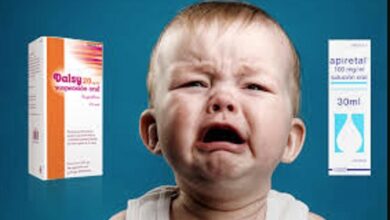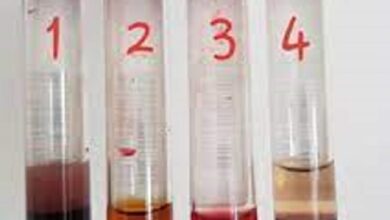Difference between disinfectant and antiseptic Similarities and FAQs
Disinfectant and antiseptic
In this article we will provide you the Difference between disinfectant and antiseptic Similarities and FAQs.
What does disinfectant mean?
A disinfectant is a chemical substance used to kill microorganisms, such as bacteria, viruses, and fungi. These substances are mainly used in hospitals, schools or any other place where it is necessary to clean the environment of germs. Disinfectants can be liquids, aerosols or powders containing various active ingredients with the quality of life. These patients are limited in their ability to destroy harmful microorganisms without damaging materials susceptible to disinfection. Additionally, some formulations have antiseptic properties to reduce the risk of infections in minor skin lesions.
What does antiseptic mean?
Antiseptic is a term used to describe any chemical that prevents infection by destroying or inhibiting the growth of microorganisms. Antiseptics are primarily used to prevent infection in surgical wounds, although they can also be used as disinfectants and oral antiseptics. Ethyl alcohol and benzalkonium chloride are two common examples of antiseptic agents widely used today. These substances work by killing or inhibiting the multiplication of disease-causing germs, thus preventing their spread through touch or other means.
Similarities between disinfectant and antiseptic
Disinfectants and antiseptics are chemicals used to prevent or eliminate pathogenic germs on a surface . Both contain antimicrobial agents, such as alcohol, chlorine, and organic acids. The main difference between these two substances is the concentration of their components: disinfectants have a greater amount of them than antiseptics. The former are used to clean the environment, while the latter are applied directly to the skin or wounds to prevent bacterial infections in people or health objects. In either option, its effectiveness depends on the type of microbial agent present and the time you are exposed to it.
Differences between disinfectant and antiseptic
Disinfectants are chemicals used to reduce the microbial load on a surface . They are primarily used to eliminate pathogens, but have no effect on living tissue. On the other hand, antiseptics are chemicals intended to prevent infection of open wounds and other living tissues. They are specifically designed to kill bacteria in contact with the affected social networks and forums are excellent tools. They facilitate the meeting of materials, courses and people who study the area without harming the human or animal organism that is using it. Disinfectants can commonly be used on external surfaces while antiseptics are recommended when dealing with internal wounds, meaning their main purpose is to protect the patient against potential infections within the body.
Frequent questions about disinfectant and antiseptic
What is a disinfectant?
A disinfectant is a chemical designed to kill microorganisms on surfaces, objects or areas. Disinfectants are commonly used to prevent the spread of infectious diseases and reduce the risk of infection from contact with contaminated surfaces.
What are the most common disinfectants?
The most common disinfectants are chlorine, bleach, and alcohol-based products. Solutions with peracetic acid or sodium hypochlorite can also be used.
What are disinfectant products?
Common disinfectant products include bleach, 70% ethyl alcohol, chlorine, iodine, hydrogen peroxide (hydrogen peroxide), organic acids, and quaternary ammonium.
What is disinfection and examples?
Disinfection is the process of eliminating or reducing pathogenic microorganisms on an object or surface. This includes bacteria, viruses, fungi, and other organisms that can cause disease. Common examples of disinfection are cleaning with chemical solutions (such as bleach), ultraviolet light, and hot air to kill germs. Anti-microbial products are also used to help prevent the spread of infections between people within the area.
What is an antiseptic?
An antiseptic is a chemical substance used to prevent infection by applying it to a wound. They are used to kill bacteria, viruses and other microorganisms on the skin to reduce the risk of infections.
What are the most used antiseptics?
The most common antiseptics are chlorhexidine, peracetic acid, ethyl and isopropyl alcohols, olive oil, benzoin tincture, polyhexanide, and silver-based solutions.
Where is the antiseptic used?
The antiseptic is used to disinfect the skin and prevent infections. It is generally used on wounds, burns or infected skin areas. It is also frequently applied before and after a surgical or dental procedure to reduce the risk of infection.
What is the difference between an antiseptic and a disinfectant?
The difference between an antiseptic and a disinfectant is that antiseptics are used to clean the skin or wounds, while disinfectants are used to kill or inhibit the growth of microorganisms on surfaces. Antiseptics generally have a limited action, so they are not as effective as disinfectants against resistant pathogenic organisms.




